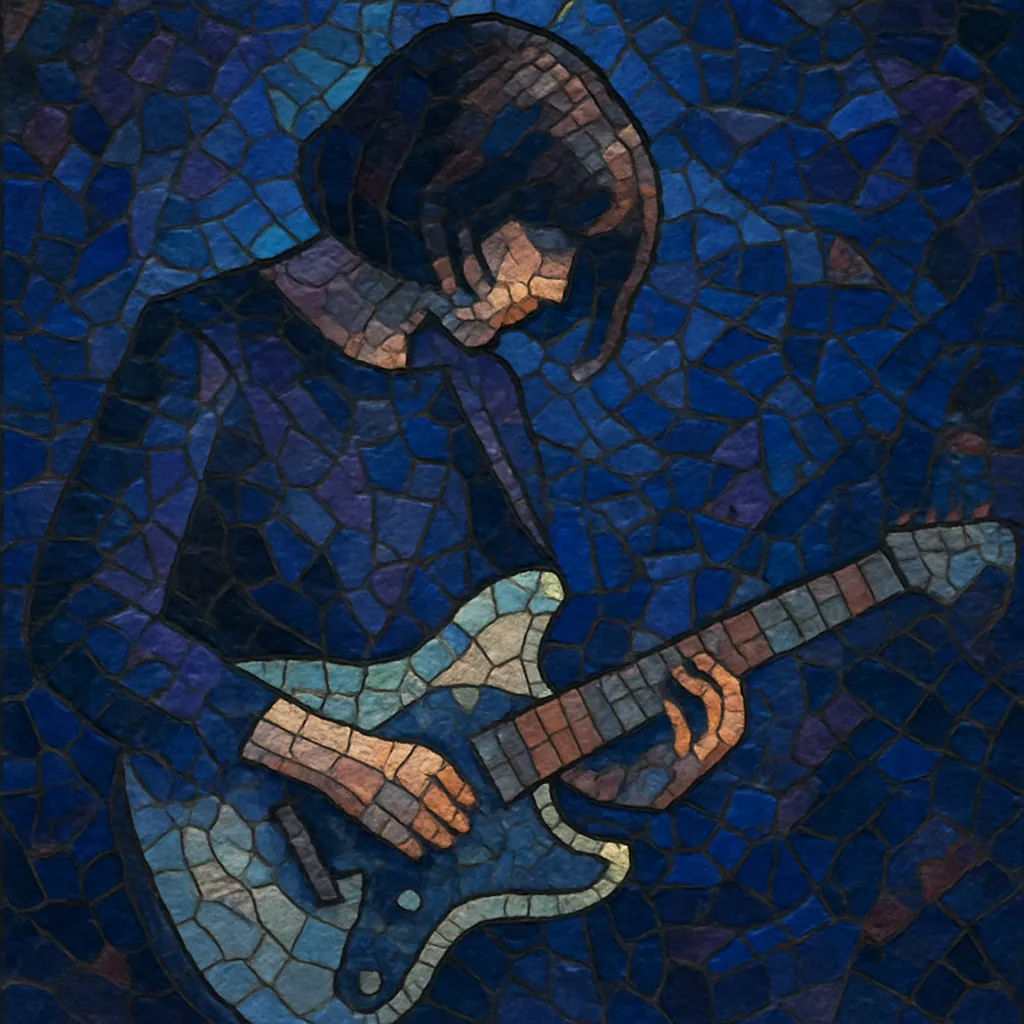Shoegaze is a subgenre of alternative rock characterized by dense, immersive walls of guitar sound, heavily layered effects, and vocals that blend into the mix as another texture rather than a focal point.
Typically mid-tempo and enveloping, it emphasizes timbre, atmosphere, and harmonic color over riff-driven hooks. Reverb, delay, chorus, tremolo, fuzz, and pitch-bending create a blurred, dreamlike quality—often described as a "wash"—while bass and drums provide a steady, understated foundation.
The style emerged in the United Kingdom in the late 1980s; the term "shoegaze" was coined by the British press, referencing performers’ tendency to look down at their pedalboards during live shows.
Shoegaze took shape in the United Kingdom in the late 1980s, growing out of post-punk’s experimentation and the textural sensibilities of noise pop, dream pop, and psychedelic rock. Bands began using extensive pedal chains and studio layering to create saturated, sustained guitar tones that prioritized texture over clarity. Early touchstones include The Jesus and Mary Chain’s noise-drenched pop and Cocteau Twins’ ethereal, reverb-soaked soundscapes.
The scene coalesced around labels like Creation Records, with seminal releases such as My Bloody Valentine’s "Loveless" (1991), Ride’s "Nowhere" (1990), Slowdive’s "Just for a Day" (1991) and "Souvlaki" (1993), and Lush’s "Spooky" (1992). The British music press both championed and derided the scene—popularizing the term "shoegaze" while criticizing its introspective stage presence. The rise of grunge and Britpop in the early-to-mid 1990s pushed shoegaze out of the mainstream spotlight.
While fewer new shoegaze bands emerged, the style’s production ideas—dense layering, textural vocals, and effects-driven guitars—percolated into post-rock, space rock, and atmospheric indie. Some artists pivoted toward dream pop or more conventional alternative rock, but the core aesthetics remained influential.
A broad "nu-gaze" revival in the 2000s and 2010s brought renewed attention, with reissues, reunions, and new albums by scene originators. Shoegaze also hybridized with heavier and darker styles, shaping blackgaze and doomgaze, and informed strands of post-metal and space rock revival. Contemporary acts worldwide continue to adopt the hallmark techniques—lush effects, blurred vocals, and hypnotic grooves—extending shoegaze beyond its UK roots into a global, genre-crossing language.


